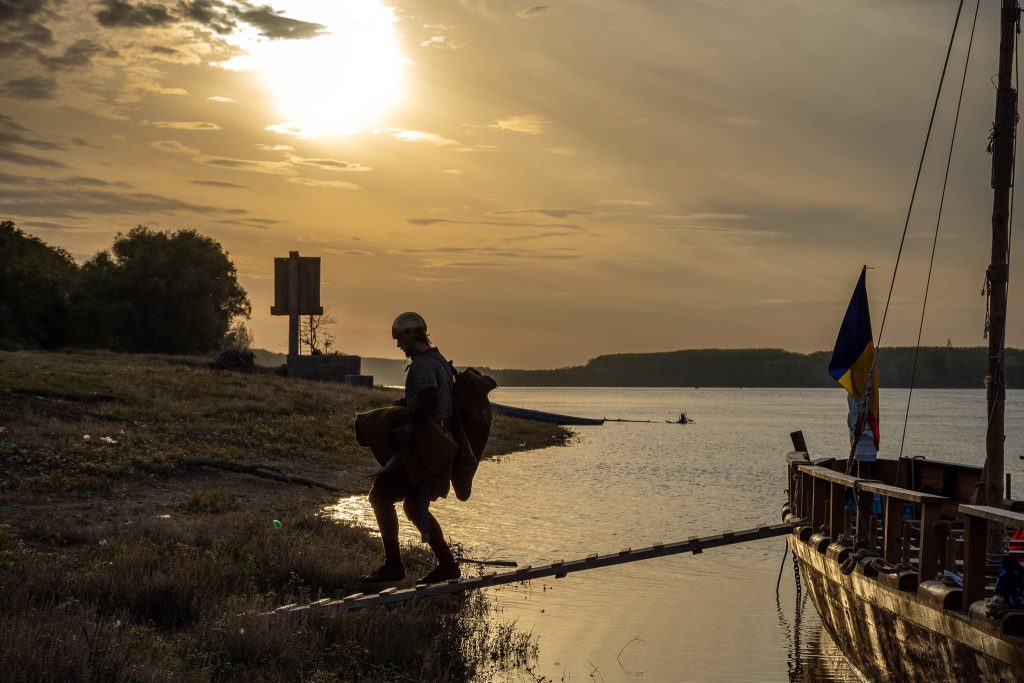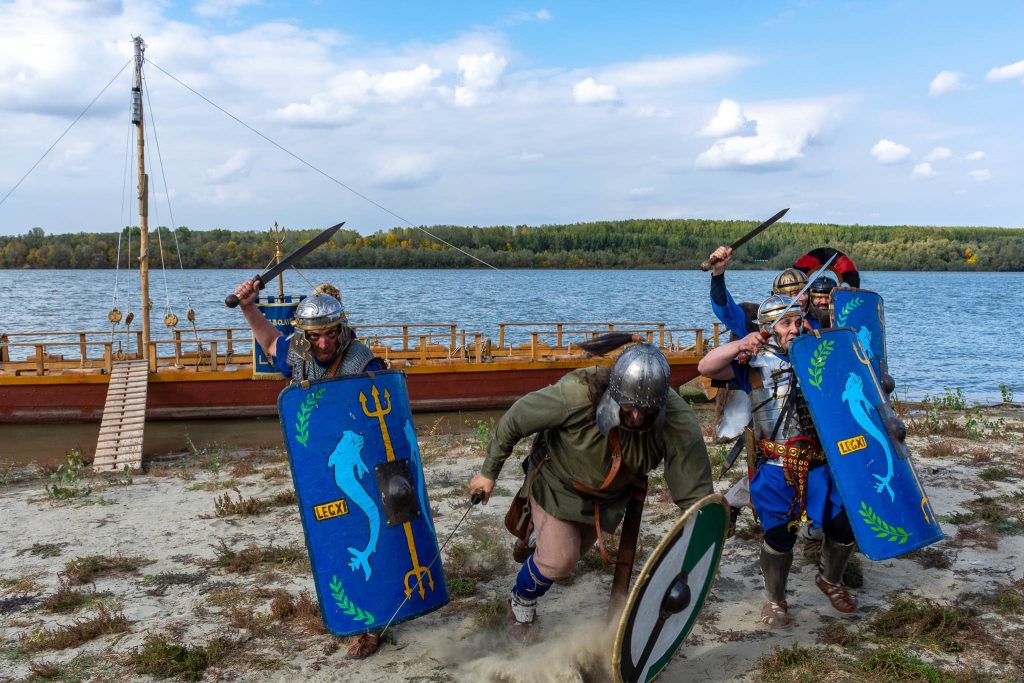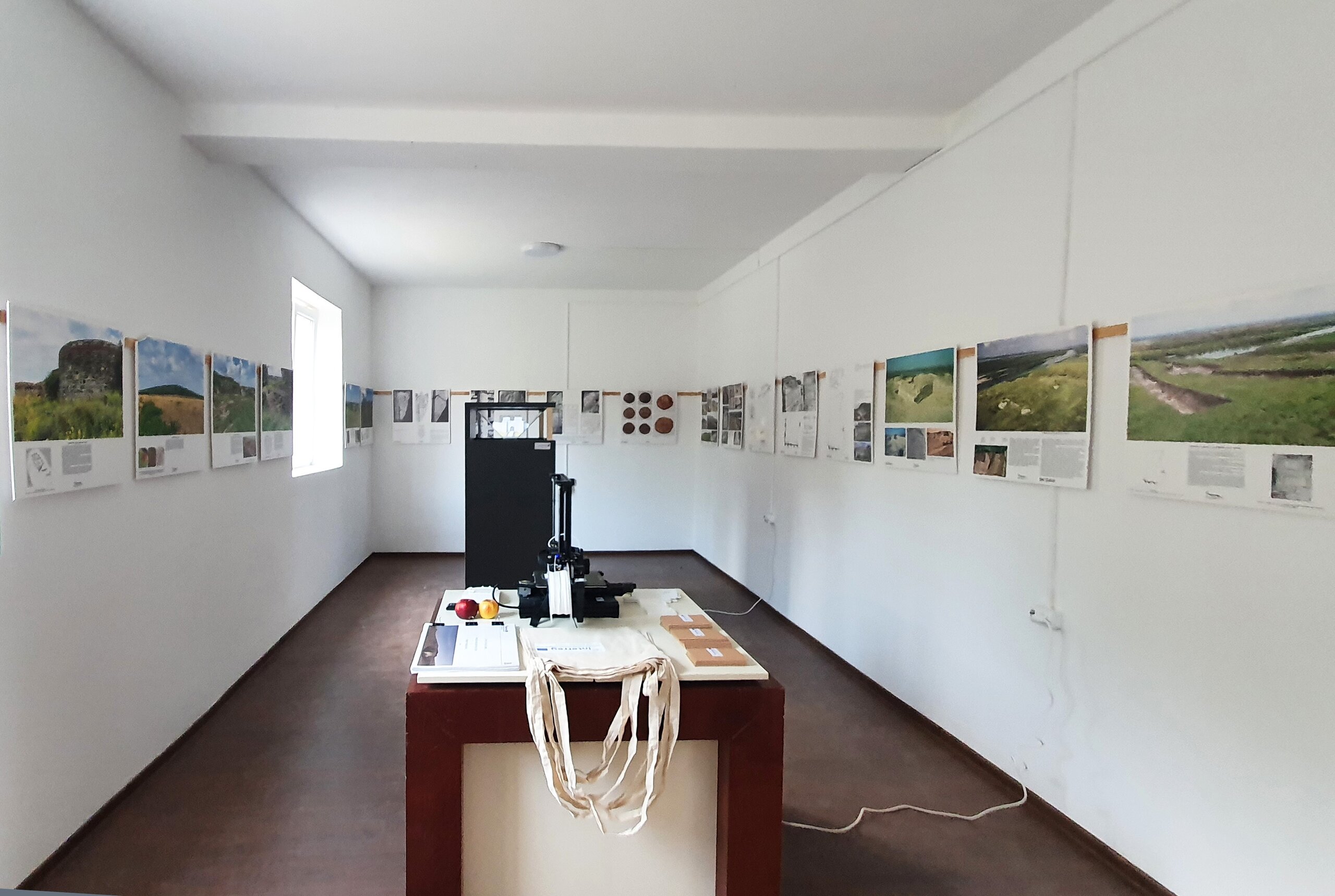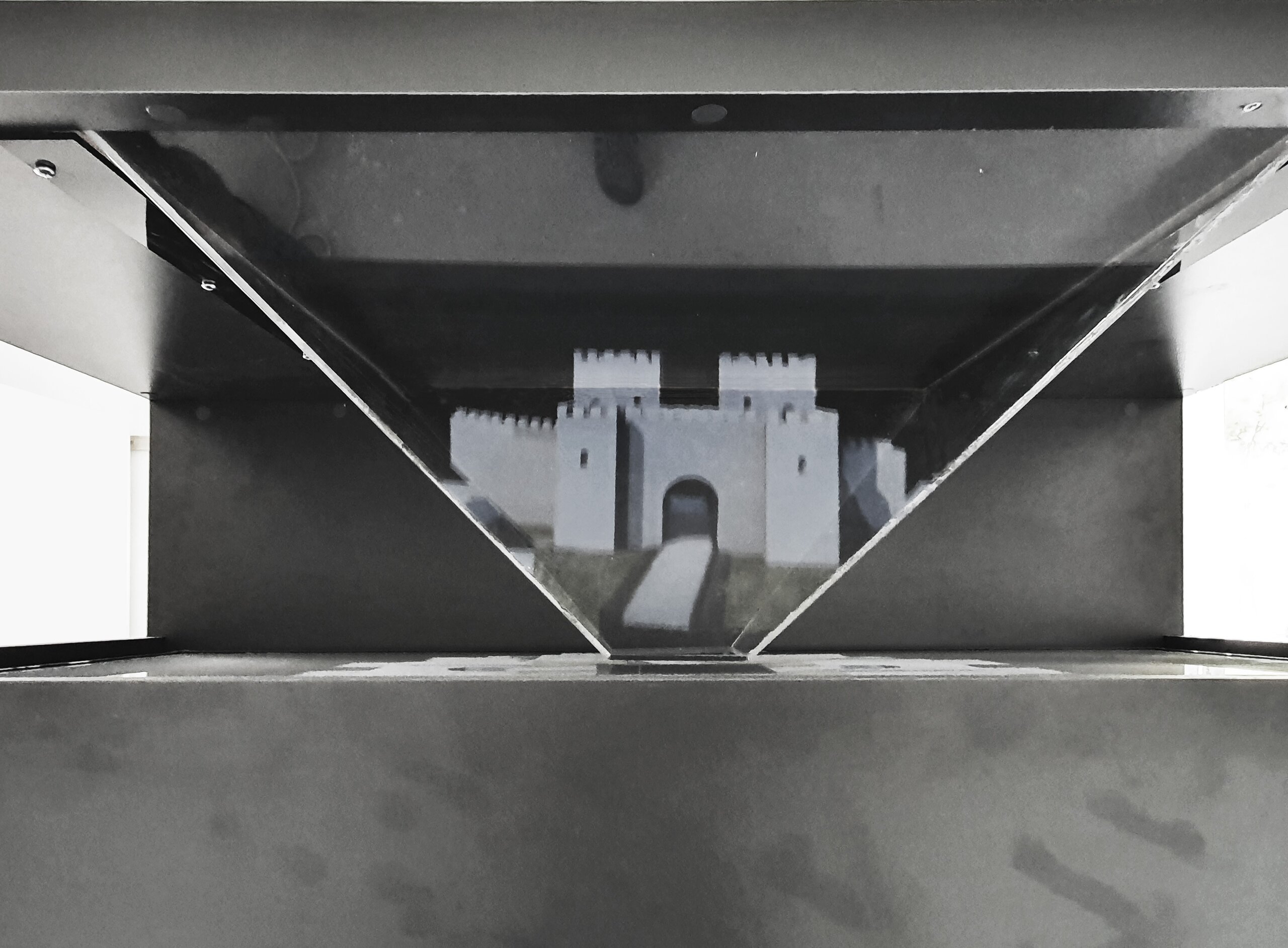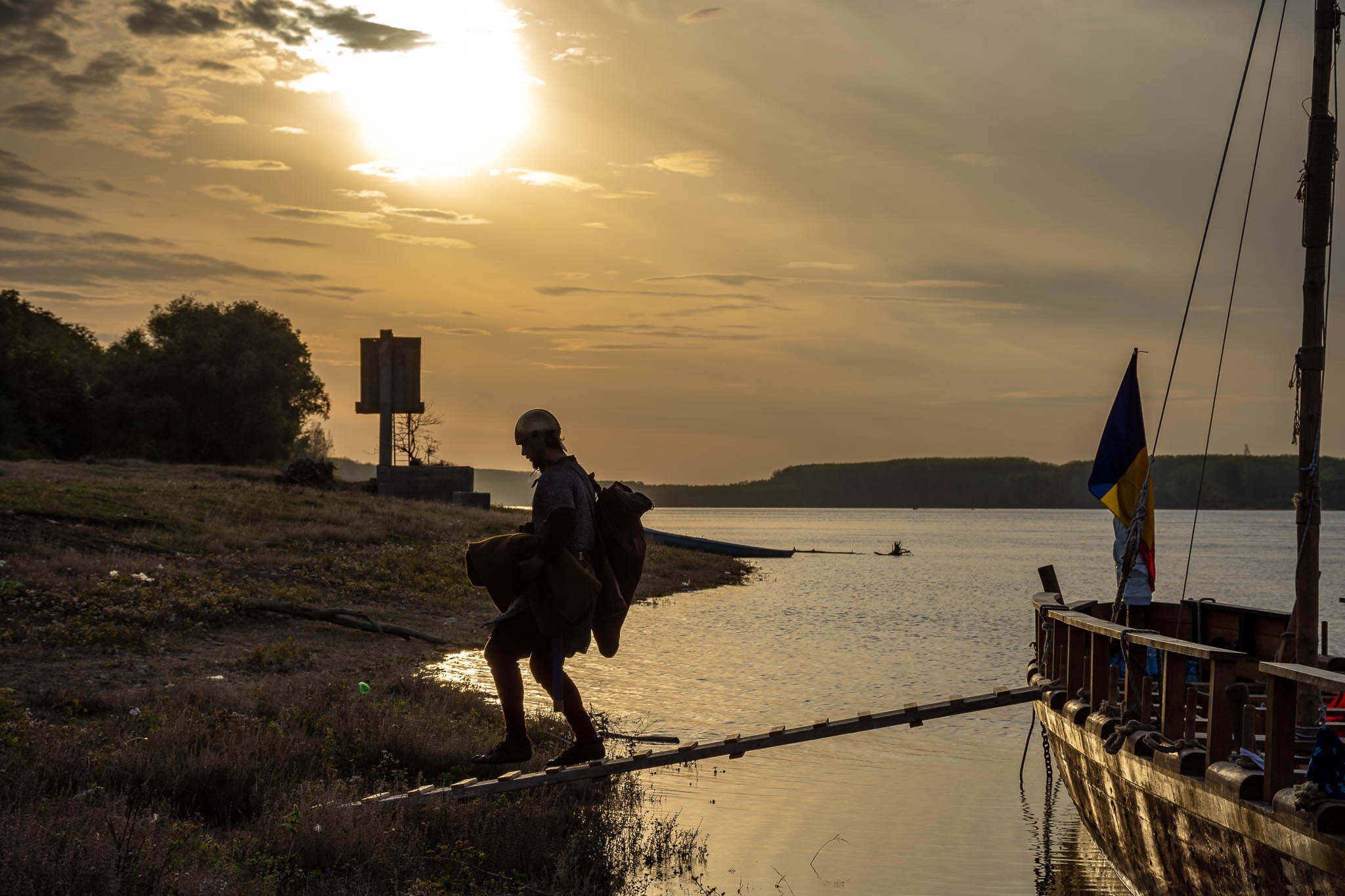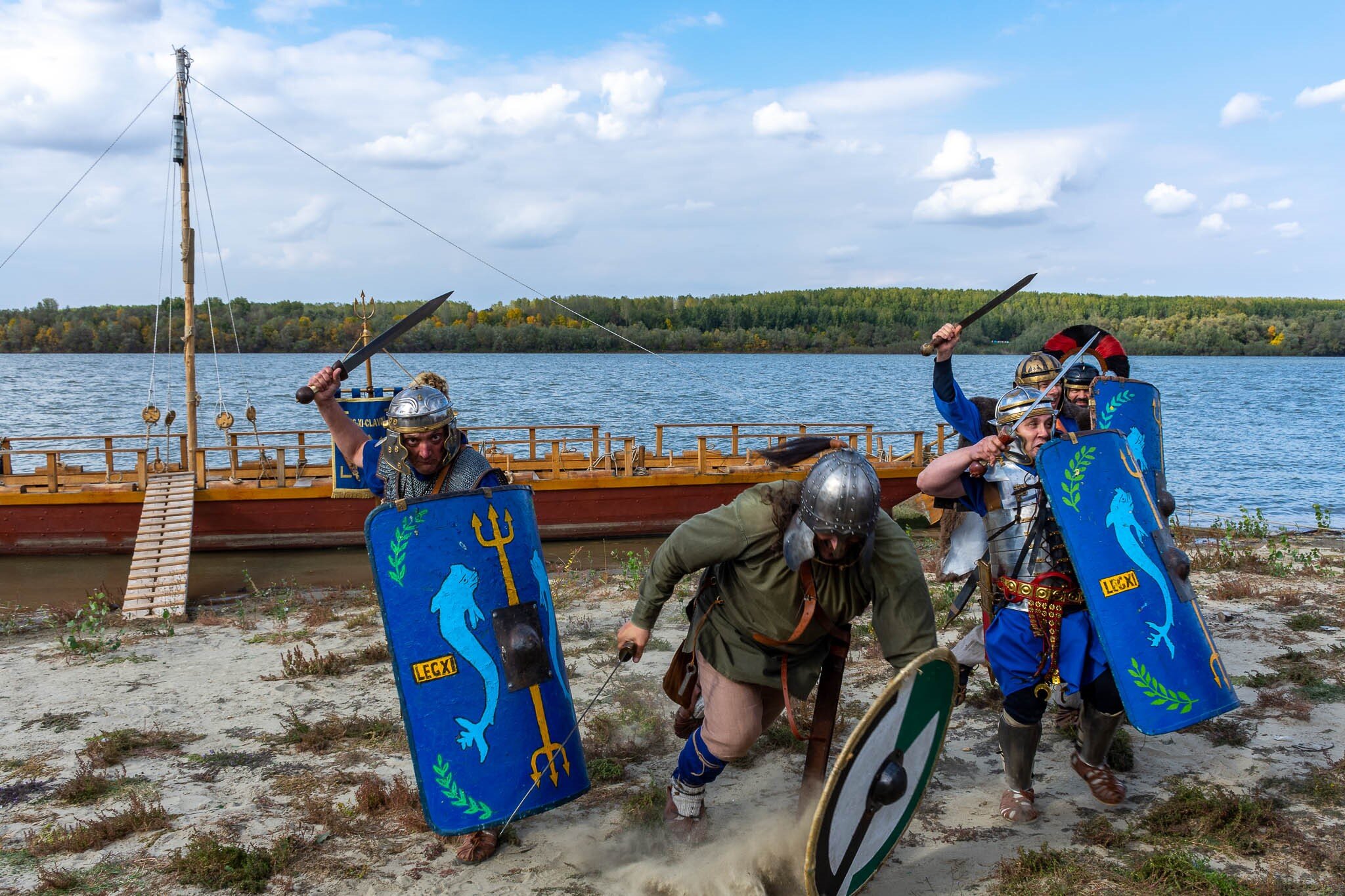Rasova Museum
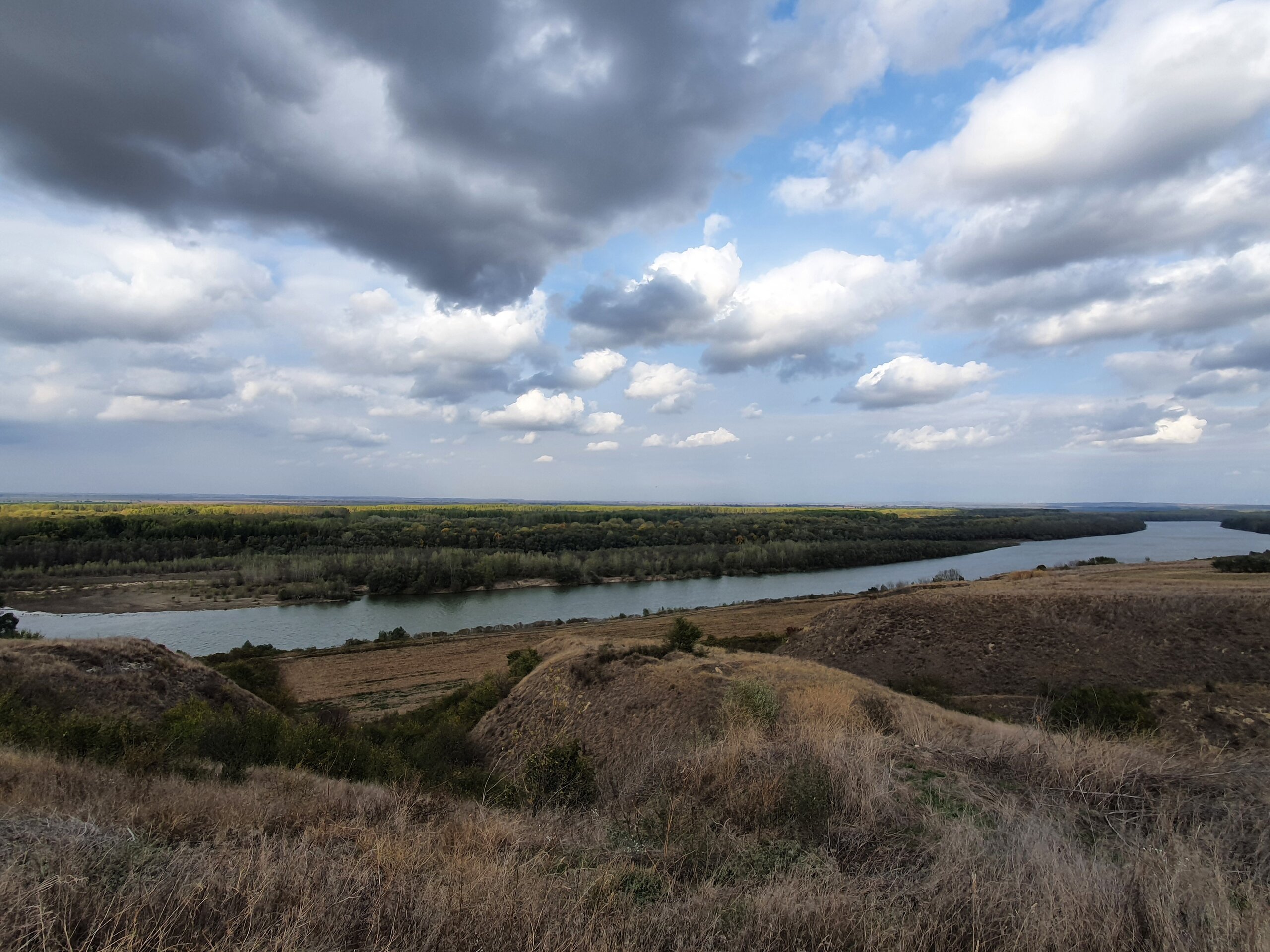
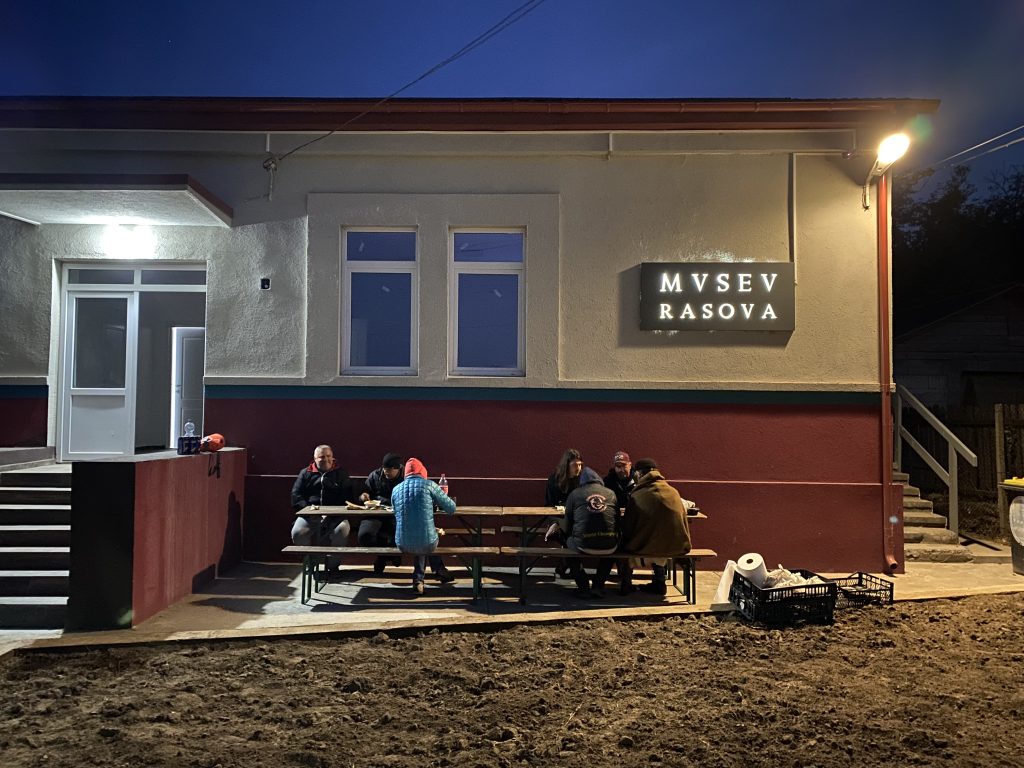
At the end of two years of research, the partners[1] of the international consortium "Living Danube Limes", within the Transnational Danube Program, have experimented the new European cultural route proposed by the project "Living Danube Limes - Valorizing cultural heritage and developing sustainable tourism by experiencing the heritage of the Danube Limes as a basis for a cultural route", initiated by the Donau University of Krems. UAUIM, as a consortium partner, conducted the research that coordinated the implementation of visibility measures for all pilot archaeological sites along the historic route of the Danube Limes in Europe.
The opening of a new cultural route in Europe on the theme of the Danube Limes was realized through a journey along the Danube from Germany to Romania of the Roman galleon Danuvina Alacris, a 4th century Roman ship, entirely reconstructed with historical techniques. The event took place in the fall of 2022, at the end of the transnational Danube project, "Living Danube Limes"[2] The idea of the project was to bring the ancient frontier of the Roman Empire back to life. The galley docked at each of the 9 pilot archaeological sites[3] in the countries crossed by the Danube, finally arriving in Dobrogea, Rasova being the last pilot site on the future cultural route. All the partners in the international consortium implemented small projects on the chosen archaeological sites to increase their visibility, inspired by the research carried out by UAUIM, and inaugurated on the occasion of the Danuvina Alacris galley's stopovers.
One of the most important conclusions of the research was the heritage value of the natural landscape, very well preserved in many sites across Romania as a result of the lack of any kind of tourist infrastructure. This peculiarity of the remains of the autochthonous Danube Limes is also present at Sacidava, where the fortress is inaccessible for most of the year, but also very difficult to find and visit during the rest of the year. The landscape retains the authenticity of the original atmosphere. Any in-situ visibility enhancement project, even reversible, would have altered the atmosphere of the site.
In order to preserve the natural landscape, a possible area of intervention was sought away from the archaeological site, in the surrounding local communities, which could have offered a possibility for the tourist promotion of the fortress and the festive reception of the Danuvina Alacris galley, as a future stopping point on the map of the new cultural route. It was discovered that in the commune of Rasova, located on the Danube, the Town Hall together with the Museum of National History and Archaeology in Constanta, intended to turn the former kindergarten into a museum.
The UAUIM team, with the support of INCDT, realized the architectural conversion of the kindergarten building into a small museum. The interiors were refurbished to accommodate exhibitions and artifacts from the Sacidava archaeological site, a small entrance area was created, and the facade and roof were completely redecorated in colors reminiscent of the Roman atmosphere. Inside, a permanent hologram installation has been installed, now showing a virtual reconstruction of Sacidava. The photographic exhibition "The Romanian Danube Limes", the result of the initial research of the "Living Danube Limes" project, became part of the permanent collection of the Museum.
The museum was inaugurated with the event of the arrival of the Danuvina Alacris galley with a small re-enactment festival and hosted the crew of the galley for two days.
Two months after the galley's return to Germany, the project to convert the former kindergarten in Rasova into a museum was nominated for the Bucharest 2022 Architecture Annual in the category Research through Architecture - Architecture and Experiment.
[1] Danube University Krems; Friedrich-Alexander University Erlangen, Nürnberg; Paris-Lodron-University of Salzburg; National Tourism Cluster "Bulgarian Guide", Budapest University of Technology and Economics, Institute for Theoretical and Applied Mechanics; Municipal Monument Preservation Institute Bratislava; Slovak University of Technology in Bratislava; Centre for Heritage Interpretation, Sofia; Association of Danube River Municipalities "Danube", Institute of Archaeology, Zagreb; Ludwig Boltzmann Corporation Ltd.Institute of Archaeology, Belgrade; Faculty of Technical Sciences, University of Novi Sad; Ungheni City Hall.
[2] Interreg Danube Transnational Program - "Living Danube Limes - Valorising cultural heritage and fostering sustainable tourism by LIVING the common heritage on the DANUBE LIMES as basis for a Cultural Route", 01.07.2020-31.12.2022
[3] Gunzenhausen (Germany), St. Johann im Mauerthale (Austria), Iža (Slovakia), Matrica/Százhalombatta (Hungary), Ad Labores/Kopačevo (Croatia), Lederata/Ram (Serbia), Bononia/Vidin (Bulgaria) and Sacidava (Romania).




